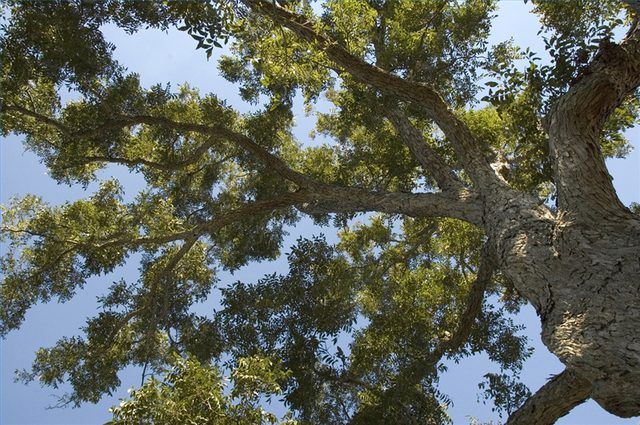Bulbs
Flower Basics
Flower Beds & Specialty Gardens
Flower Garden
Garden Furniture
Garden Gnomes
Garden Seeds
Garden Sheds
Garden Statues
Garden Tools & Supplies
Gardening Basics
Green & Organic
Groundcovers & Vines
Growing Annuals
Growing Basil
Growing Beans
Growing Berries
Growing Blueberries
Growing Cactus
Growing Corn
Growing Cotton
Growing Edibles
Growing Flowers
Growing Garlic
Growing Grapes
Growing Grass
Growing Herbs
Growing Jasmine
Growing Mint
Growing Mushrooms
Orchids
Growing Peanuts
Growing Perennials
Growing Plants
Growing Rosemary
Growing Roses
Growing Strawberries
Growing Sunflowers
Growing Thyme
Growing Tomatoes
Growing Tulips
Growing Vegetables
Herb Basics
Herb Garden
Indoor Growing
Landscaping Basics
Landscaping Patios
Landscaping Plants
Landscaping Shrubs
Landscaping Trees
Landscaping Walks & Pathways
Lawn Basics
Lawn Maintenance
Lawn Mowers
Lawn Ornaments
Lawn Planting
Lawn Tools
Outdoor Growing
Overall Landscape Planning
Pests, Weeds & Problems
Plant Basics
Rock Garden
Rose Garden
Shrubs
Soil
Specialty Gardens
Trees
Vegetable Garden
Yard Maintenance
Pecan Tree Identification
Pecan Tree Identification. The story of the pecan tree (Carya illinoensis) is inextricably intertwined with the story of the United States. They grow well in most parts of the country, both in painstakingly planted orchards and in the wild. With a little practice, you too can identify any pecan trees you see--no matter where you are.

The story of the pecan tree (Carya illinoensis) is inextricably intertwined with the story of the United States. They grow well in most parts of the country, both in painstakingly planted orchards and in the wild. With a little practice, you too can identify any pecan trees you see--no matter where you are.
The Tree
Over 500 cultivars of pecan tree currently exist in the United States. Pecan trees can grow to heights of 100 feet tall, and 6 to 7 feet in diameter. They are considered the largest members of the hickory family.
Leaves
Pecan tree leaves are a yellowy-green, are 12 to 20 inches long, and are compound. Leaflets on those leaves are long, pointy, and have saw-toothed edges. Typically, anywhere from 9 to 15 leaflets grow on each leaf of a pecan tree.
Flowers
In order to reproduce, pecan trees first grow separate male and female flowers. Male flowers (or catkins) grow in clusters of two to eight flowers, are oblong, and tend to dangle from their tree branches. Female flowers are star-shaped cups that face upward in order to catch pollen from the catkins. P.C. Andersen and T.E. Crocker, two researchers with the University of Florida's Institute of Food and Agricultural Sciences unit, advise that trees should ideally cross-pollinate each other for best productivity.
Nuts
The pecan nut, which is the fruit of the pecan tree, has a thin and smooth brown skin that starts to split open when the nuts inside have ripened. Nuts tend to grow in clusters of two to six together, and don't usually start to grow until the tree reaches anywhere from 4 to 12 years of age.
Range
Pecan trees can generally be found in loam-type soil that is well-drained and moist, such as that of valleys and flood plains. They prefer climates with long, hot summers and somewhat cool winters and are native to the Mississippi floodplain. Today, pecan trees can be found from Florida to California and north to Iowa.
Wildlife
If you're looking for pecan trees in your area, pay attention to the wildlife around you. It's not surprising that squirrels are also big fans of pecans, but bluejays and even wild turkeys love them as well.